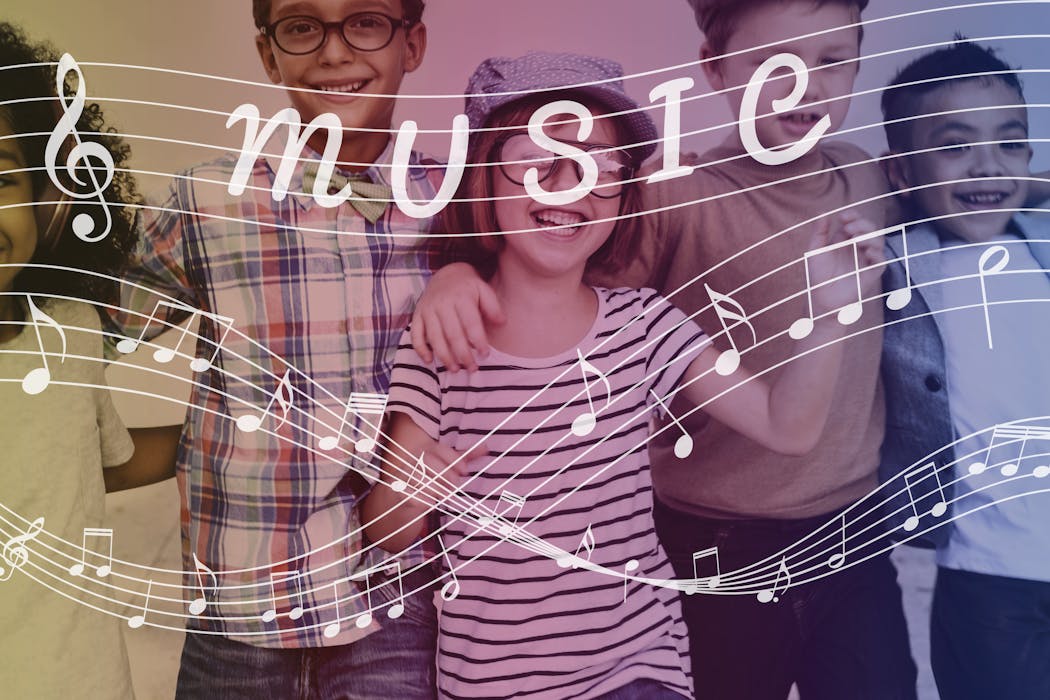Music therapy is a powerful and effective form of therapy that uses music to promote healing and improve overall well-being. It has been used for centuries to treat a wide range of physical, emotional, and mental health conditions. Music therapy can be used in various settings, including hospitals, schools, rehabilitation centers, and private practices. This article will explore the benefits of music therapy, its history, how it affects the brain, its applications in mental and physical health, addiction recovery, children’s development, group therapy, spiritual healing, healthcare settings, and the future of music therapy.
The power of sound: How music therapy can heal the mind and body
Sound has a profound impact on the mind and body. It can evoke emotions, trigger memories, and create a sense of calm or excitement. Music therapy harnesses the power of sound to promote healing and improve overall well-being. When we listen to music, our brain releases dopamine, a neurotransmitter associated with pleasure and reward. This release of dopamine can help reduce stress and anxiety, improve mood, and increase feelings of happiness.
Music therapy has been used to treat a wide range of conditions, including chronic pain, depression, anxiety disorders, post-traumatic stress disorder (PTSD), and autism spectrum disorder (ASD). For example, studies have shown that listening to calming music can reduce pain perception and improve pain tolerance. Music therapy has also been found to be effective in reducing symptoms of depression and anxiety in individuals with mental health disorders.
The history of music therapy: From ancient civilizations to modern practices
The use of music for healing dates back to ancient civilizations. In ancient Greece, music was used as a form of therapy in temples dedicated to the god Apollo. In ancient Egypt, music was used in healing rituals and ceremonies. In more recent history, music therapy gained recognition as a formal discipline during World War II when musicians were employed to play for wounded soldiers in hospitals. Since then, music therapy has continued to evolve and gain recognition as an effective form of therapy.
How music affects the brain: Understanding the neurological benefits of music therapy
Music has a profound impact on the brain. When we listen to music, various areas of the brain are activated, including the auditory cortex, which processes sound, and the limbic system, which is involved in emotions and memory. Music therapy can improve cognitive function by stimulating neural pathways and promoting neuroplasticity, the brain’s ability to reorganize and form new connections.
Music therapy for mental health: Treating anxiety, depression, and PTSD with sound
Music therapy has been found to be effective in treating a wide range of mental health conditions, including anxiety, depression, and PTSD. Listening to calming music can reduce symptoms of anxiety and promote relaxation. Music therapy can also help individuals with depression by improving mood and increasing feelings of happiness. For individuals with PTSD, music therapy can help process traumatic experiences and reduce symptoms such as flashbacks and nightmares.
Music therapy for physical health: Using sound to alleviate pain, improve sleep, and boost immunity
Music therapy can also be used to improve physical health. Studies have shown that listening to music can reduce pain perception and improve pain tolerance. Music therapy has also been found to improve sleep quality in individuals with insomnia. Additionally, music therapy has been shown to boost the immune system by increasing levels of natural killer cells, which are responsible for fighting off viruses and cancer cells.
The role of music in addiction recovery: How sound can support sobriety
Music therapy can play a valuable role in addiction recovery. It can provide a healthy outlet for emotions, reduce stress and anxiety, and promote relaxation. Music therapy can also help individuals in recovery connect with their emotions and express themselves in a safe and supportive environment. By incorporating music into their recovery journey, individuals can find comfort, inspiration, and motivation to stay sober.
Music therapy for children: Helping kids with autism, ADHD, and other developmental challenges
Music therapy can be particularly beneficial for children with developmental challenges such as autism spectrum disorder (ASD) and attention deficit hyperactivity disorder (ADHD). Music therapy can help improve social skills, communication, and emotional expression in children with ASD. For children with ADHD, music therapy can help improve focus and attention. Additionally, music therapy can provide a safe and supportive environment for children to explore their creativity and develop self-confidence.
The benefits of group music therapy: Strengthening social connections and building community
Group music therapy can be a powerful tool for strengthening social connections and building community. By participating in group music-making activities, individuals can develop a sense of belonging and connection with others. Group music therapy can also provide a safe space for individuals to express themselves, share their experiences, and support one another. The collaborative nature of group music-making can foster teamwork, cooperation, and empathy.
The science of sound healing: Exploring the spiritual and energetic aspects of music therapy
Music therapy has a spiritual and energetic aspect that goes beyond its physical and psychological benefits. Sound has been used for centuries in various spiritual practices to induce altered states of consciousness, promote healing, and connect with higher realms of consciousness. Sound healing uses specific frequencies and vibrations to balance the body’s energy centers, or chakras, and promote overall well-being.
Music therapy in healthcare settings: Integrating sound into hospitals, hospices, and other medical environments
Music therapy is increasingly being integrated into healthcare settings such as hospitals, hospices, and other medical environments. Music therapists work alongside healthcare professionals to provide holistic care to patients. Music therapy can help reduce anxiety and stress in patients undergoing medical procedures or treatments. It can also provide comfort and support to patients and their families during end-of-life care.
The future of music therapy: Innovations in sound technology and new applications for healing
The future of music therapy holds exciting possibilities with advancements in sound technology. Virtual reality and augmented reality technologies can enhance the therapeutic experience by creating immersive and interactive environments. Biofeedback devices can provide real-time feedback on physiological responses to music, allowing for personalized and targeted interventions. Additionally, the use of artificial intelligence can help create personalized playlists and tailor music therapy interventions to individual needs.
Music therapy is a powerful and effective form of therapy that can promote healing and improve overall well-being. It has been used for centuries to treat a wide range of physical, emotional, and mental health conditions. Music therapy can be used in various settings, including hospitals, schools, rehabilitation centers, and private practices. Whether it’s reducing anxiety, improving cognitive function, supporting addiction recovery, or helping children with developmental challenges, music therapy offers a holistic approach to healing. It is a versatile and accessible form of therapy that can be enjoyed by individuals of all ages and backgrounds. If you or your loved ones are seeking alternative forms of therapy, consider exploring the benefits of music therapy for yourself.
Find out how Torongo Therapyplus can help you with your needs. Get in touch with us at smile@torongo.life, or call us on 02 8809 9965.































